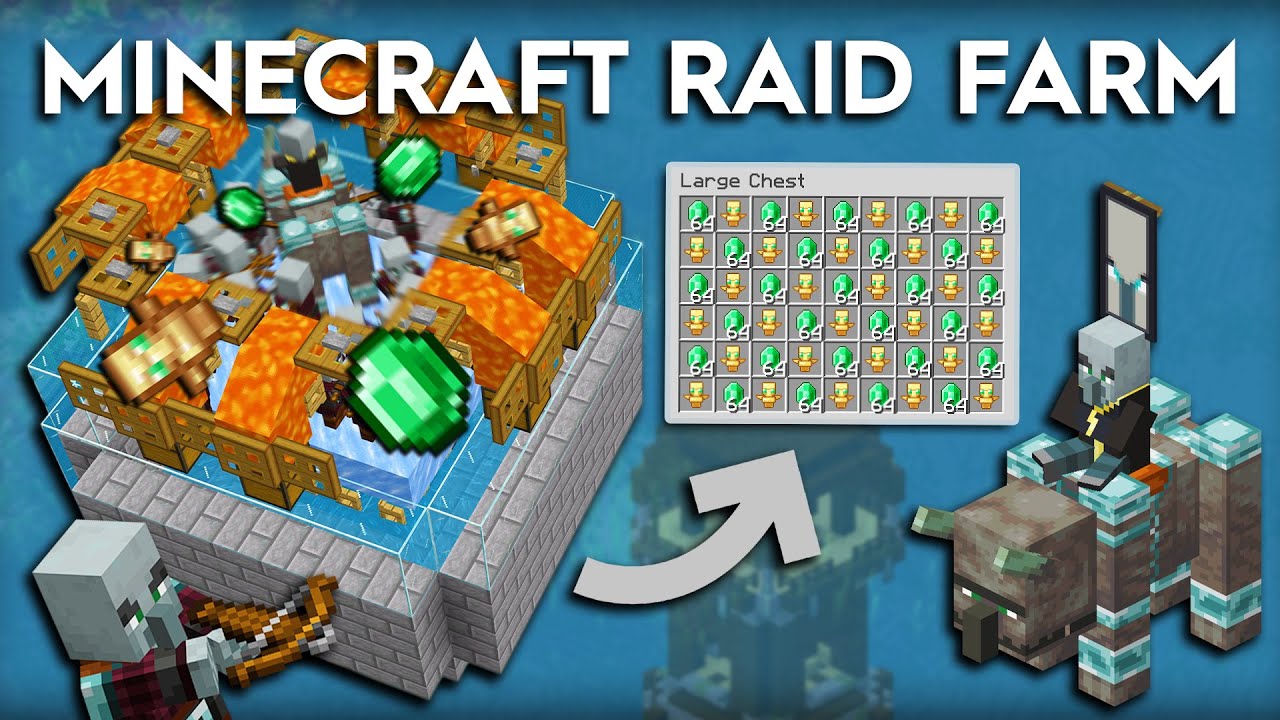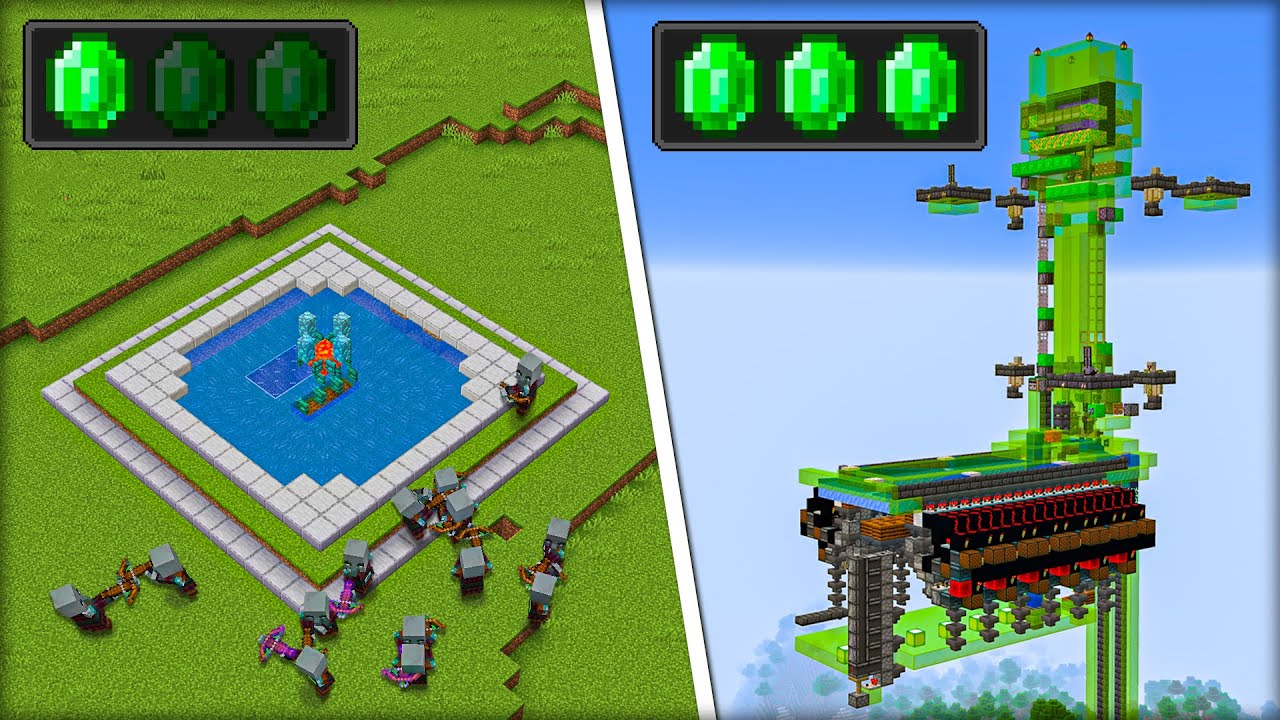Minecraft easy Emerald farm guide

Emeralds are a really rare item in Minecraft, so it’s easy to think that they’re not worth the trouble of hunting them down. But they’re actually pretty easy to farm if you know where to look. Emeralds can be found in two different places: The Nether and The End. The Nether is a huge area that houses all sorts of monsters and mobs, while The End is a smaller region that only contains one biome (and no monsters).
The easiest way to get emeralds is by mining them out of the walls inside the Nether or accessing them through the World Gate. Either way, though, you’ll need to make sure that you have enough space for your farm because these blocks take up quite a bit of space!
Farming emeralds in Minecraft is a very simple process. You don't need any special tools or equipment to get started, but you will still need a few things.
First, you will need a pickaxe. The best pickaxe for this job is the Gold Sword Pickaxe, which can be crafted at level 1 by crafting a Gold Sword and an Emerald. This will give you a 2% chance of finding an Emerald when breaking blocks with the pickaxe.

Second, you will need an enchantment table to enchant your pickaxe. There are several ways to get enchantments: by trading with villagers or buying from other players on Marketplace; by using an anvil or furnace; or by crafting them yourself from wool balls and gold ingots. Once you have enchanted your pickaxe, it will become more likely that you find emeralds when mining them out of the ground!
Villager trades
1. First, you will need to find a villager.
2. Once you have found a villager, you need to talk to it. If you are playing on Minecraft 1.8, then the villager will be in Creative mode and will be invisible to you if he is not wearing a helmet.
3. Now, just walk up to him and tap on him with your sword or any other object that is of your choice; i.e., pick up a stick from the ground and hit him with it or even throw one at him!
4. After hitting him once, he will turn into a normal villager again; however, if you do not want him to be normal again, then just keep hitting him until he turns into an angry villager which means his anger level has increased by 20 points and he will start attacking you!

5. To turn back into a normal villager again, all you need do is just walk away from him for about 10 seconds before he runs out of anger and returns back to being a normal villager again!
Go to the farm, and build a small house.
Build a water well so you can water your crops, and a fence to keep animals out.
Water your crops with a bucket of water build on top of the well.
Get seeds from the tree in the farm. You can also buy seeds from an apothecary.
Plant them in tilled dirt using your shovel.
Carefully water the crops after planting them so that they don't get destroyed by zombies or other monsters!
If you want more plants, plant them again and try again for more seeds.
Farming is a fun, relaxing game. But in Minecraft, farming can be very stressful, especially if you're on a small plot of land. If you want to farm librarian villager trades in Minecraft, then follow these steps:
1. First off, you'll need to find a nice plot of land that's big enough for your farm and that isn't too far away from your base. You can use the Find Land tool or simply walk around until you see an area that looks good for farming.
2. Once you've found a spot, dig down a few blocks into the ground so there's soil under it. Then place some hay bales on each side of the plot so they act as walls around your farm (hay bales can be bought at various stores around the world).
3. Next, set up some fences around your farm using wood planks and iron bars — this helps keep mobs outside of your plot and prevents them from destroying your crops! Make sure all of your fences are level with each other so they don't fall over during rainstorms or snowstorms (they'll take longer to repair).
